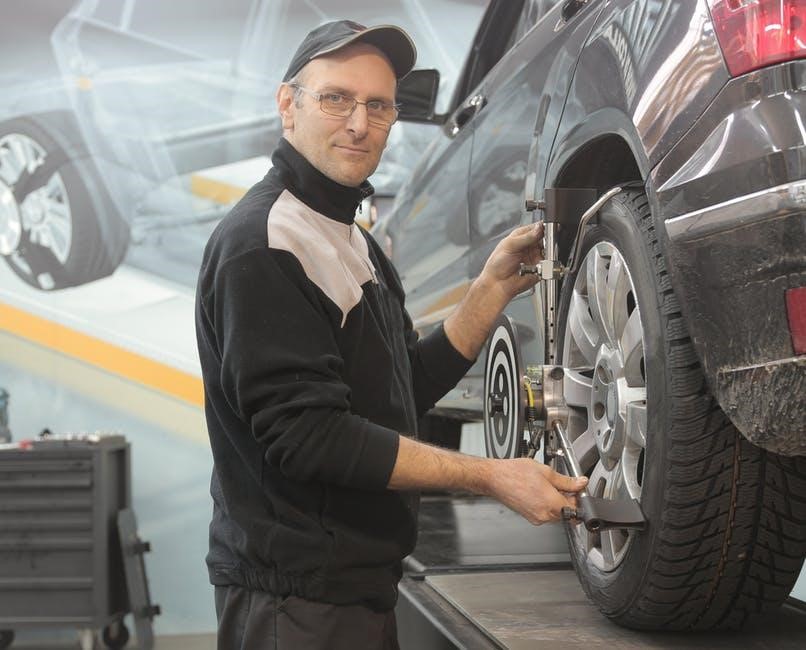Key Factors to Consider When Buying Equipment for a Car Repair Shop
Setting up a car repair shop requires careful planning and investment in the right equipment. The success of your business largely depends on the quality and functionality of the tools and machinery you utilize.
From diagnostic tools to mechanical lifts, each piece of equipment plays a critical role in ensuring efficient and effective operations.
This guide aims to help you understand the essential factors to consider when purchasing equipment for your car repair shop, ensuring that your investment leads to optimal productivity and customer satisfaction.
Quality and Durability of Tools
When investing in equipment for your car repair shop, the quality and durability of the tools should be a top priority. High-quality tools may come with a higher initial cost, but they pay off in the long run with increased reliability and longevity. Durable equipment reduces the frequency of replacements and repairs, ultimately saving you money and minimizing downtime. Reliable tools also ensure that repairs are done efficiently, which can enhance your shop’s reputation and customer satisfaction.
Another aspect of quality is the accuracy and precision of the tools. Accurate diagnostic equipment, for example, ensures that issues are correctly identified and fixed the first time, reducing the likelihood of repeat visits.
From a rotary lift to a torque wrench, it is crucial to invest in tools with high precision and accuracy to ensure the best results for your customers. New technologies and advancements in the automotive industry require modern and high-quality tools to keep up with repairs, making it essential to regularly update your equipment.
Technological Advancements
The automotive industry is continuously evolving, and so are the tools and equipment used in repairs. It’s essential to stay up-to-date with the latest technological advancements to remain competitive. Modern diagnostic tools, for example, use advanced software to quickly and accurately identify problems in a vehicle’s electronic systems. Investing in such technology can significantly increase the efficiency and accuracy of your diagnostics, allowing your technicians to address issues faster and more effectively.
Additionally, incorporating advanced technology like computerized alignment machines and digital tire balancers can streamline operations and improve service quality. These tools often come with user-friendly interfaces and automated processes that reduce the chances of human error. Adopting the latest technology not only enhances your shop’s capabilities but also attracts tech-savvy customers who seek high-quality and efficient service.
Space and Layout Considerations
The layout of your car repair shop plays a crucial role in the efficiency of your operations. When purchasing equipment, it’s vital to consider how each piece will fit into your existing space. Mechanical lifts, for example, must be positioned in a way that allows easy access to vehicles and sufficient room for technicians to work comfortably. Properly planning the layout can prevent overcrowding and ensure a smooth workflow.
Furthermore, optimizing your shop’s layout involves considering the frequency of use and the types of services you offer. High-use areas like tire servicing stations or oil change bays should be easily accessible and well-organized. Efficient space utilization can lead to faster service turnover and increased productivity. A well-thought-out layout not only maximizes the available space, but also creates a safe and organized working environment, contributing to overall business efficiency.

Investing in the right equipment for your car repair shop is a crucial step towards ensuring the success and efficiency of your business. By prioritizing quality and durability, keeping up with technological advancements, and carefully planning your shop’s layout, you can create a highly functional and productive work environment. Quality tools not only enhance the accuracy and reliability of repairs but also contribute to long-term cost savings and customer satisfaction. Car mechanic Kirrawee has always given the best service so it’s always smart to keep up with the latest advancements in car repair to increase the chances of your business being profitable.
